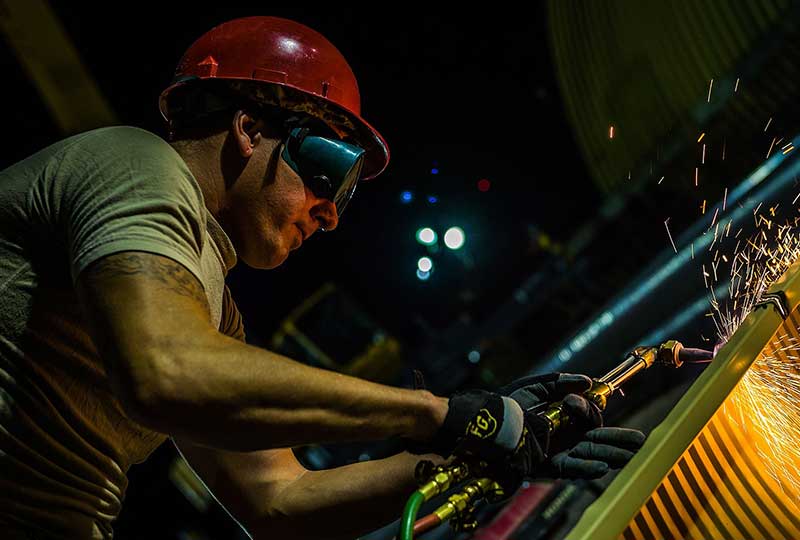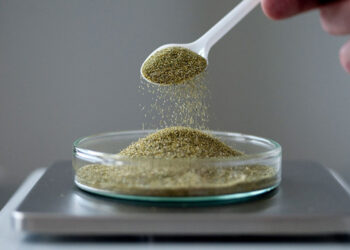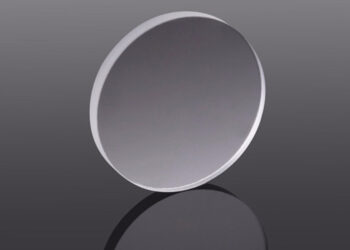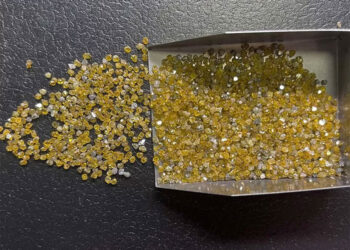Our Services
Contact info
We are always ready to help you. There are many ways to contact us. You may drop us a line, give us a call or send an email, choose what suits you most.
Need help?
15 W 47th St Suite #200 Second Floor, New York, 10036,United States
Tel: +1 917 302 9305
[email protected]
Medical Field

In the Medical Field, LAB GROWN DIAMONDS are an innovative alternative to traditional mined diamonds. They can be used in a variety of advanced healthcare applications, such as joint replacements. As a result, lab-grown diamonds can reduce the environmental impact of the diamond-mining process.
Laboratory-grown diamonds are used in a number of advanced healthcare applications. These include radiation therapy for eye-cancer patients and radiation detectors that make sure that the correct dose reaches the targeted tissues. They are also used as surgical scalpels in neurosurgery and ophthalmic surgery. They also have a variety of uses in jewelry.
They are a more sustainable alternative to traditional mined diamonds
The diamond industry has taken steps to mitigate the impact of climate change, such as announcing plans to operate a carbon-neutral mine by 2017. In May, Pandora ceased selling diamonds mined in South Africa, which represented just 0.1 per cent of their inventory. The industry has also been warned by the Federal Trade Commission (FTC) to be careful about their claims regarding environmental sustainability.
-
1
In addition to their low carbon footprint, lab-grown diamonds are also more affordable than natural diamonds. In some cases, lab-grown diamonds are up to 30% cheaper than their mined counterparts. Because these diamonds are not harvested from Mother Earth, they can be upgraded and larger stones can be purchased. Additionally, lab-grown diamonds are more unique and contain fewer impurities.
-
2
Another major difference between traditional mined diamonds and lab-grown diamonds is that they require less energy to create than natural diamonds. Because of this, they require less fuel and emit less pollution than natural diamonds. Many lab-grown vendors are even utilizing solar and wind power to produce their diamonds. The price difference between the two types of diamonds will depend on the market, rarity, and size of the diamond. However, the majority of lab-grown diamonds are priced 20 to 40% less than comparable natural diamonds.
-
3
While lab-grown diamonds are unlikely to be produced in large quantities, they are still highly valued stones. Their inherent value is not diminished by their rarity or scarcity, so many people see their value beyond their financial value. In contrast, natural diamonds are formed through geological pressure and are rare and abundant.
-
4
Despite the cost difference, the lab-grown diamond is considered an ethical and sustainable alternative to mined diamonds. Since lab-grown diamonds are created in a laboratory, they can be made in a fraction of the time that it takes natural diamonds to form. Because they are made without the use of any chemicals, lab-grown diamonds have less environmental impact than mined diamonds.
-
5
As the technology behind the process to create lab-grown diamonds improves, the prices have fallen. They are significantly cheaper than mined diamonds, and the supply chain promises that there are no human rights violations or environmental harm. As a result, prices for both natural and synthetic diamonds have decreased over the past year. Recently, the company Diamond Foundry announced that it would set the prices of their diamonds at a minimum of 55% lower than the Rapaport list price.
-
6
The first lab-grown diamond was created using a process known as High Pressure High Temperature (HPHT). In this process, a seed is placed inside a pure graphite carbon material, and then exposed to pressures of 1.5 million pounds per square inch. Another method, known as Chemical Vapor Deposition (CVD), involves placing a seed inside a chamber filled with carbon-rich gases. When the gases become trapped inside the seed, they begin to bond and grow the diamond atom by atom.
-
7
In addition to the growing popularity of lab-grown diamonds, the company behind it has also faced legal challenges. Three companies that produce lab-grown diamonds - M7D, ALTR Inc., and R.A. Riam Group - were recently sued for infringing patents.
They are ideal for joint replacements
-
1
Lab-grown diamonds are highly resistant to wear and are a good choice for joint replacements. Their chemical stability and conductivity make them a desirable material for such implants. Their low coefficient of friction also makes them ideal for orthopedic medical devices. Current clinical trials in Europe are testing lab-grown diamond spinal disk replacements.
Facilities included
- Assisting senior consultants in every projects
- Share best practices and knowledge.
- Support sales for smaller-value transactions
- Share best practices and knowledge.
- Assisting senior consultants in every projects
- Share best practices and knowledge.
- Support sales for smaller-value transactions
- Share best practices and knowledge.
- Assisting senior consultants in every projects
- Share best practices and knowledge.
- Support sales for smaller-value transactions
- Share best practices and knowledge.
Related Projects

lab grown diamonds
Nanometer Modified Diamond Powder

lab grown diamonds
CVD SC Diamond Optical Window

lab grown diamonds
HPHT Monocrystalline Diamonds









